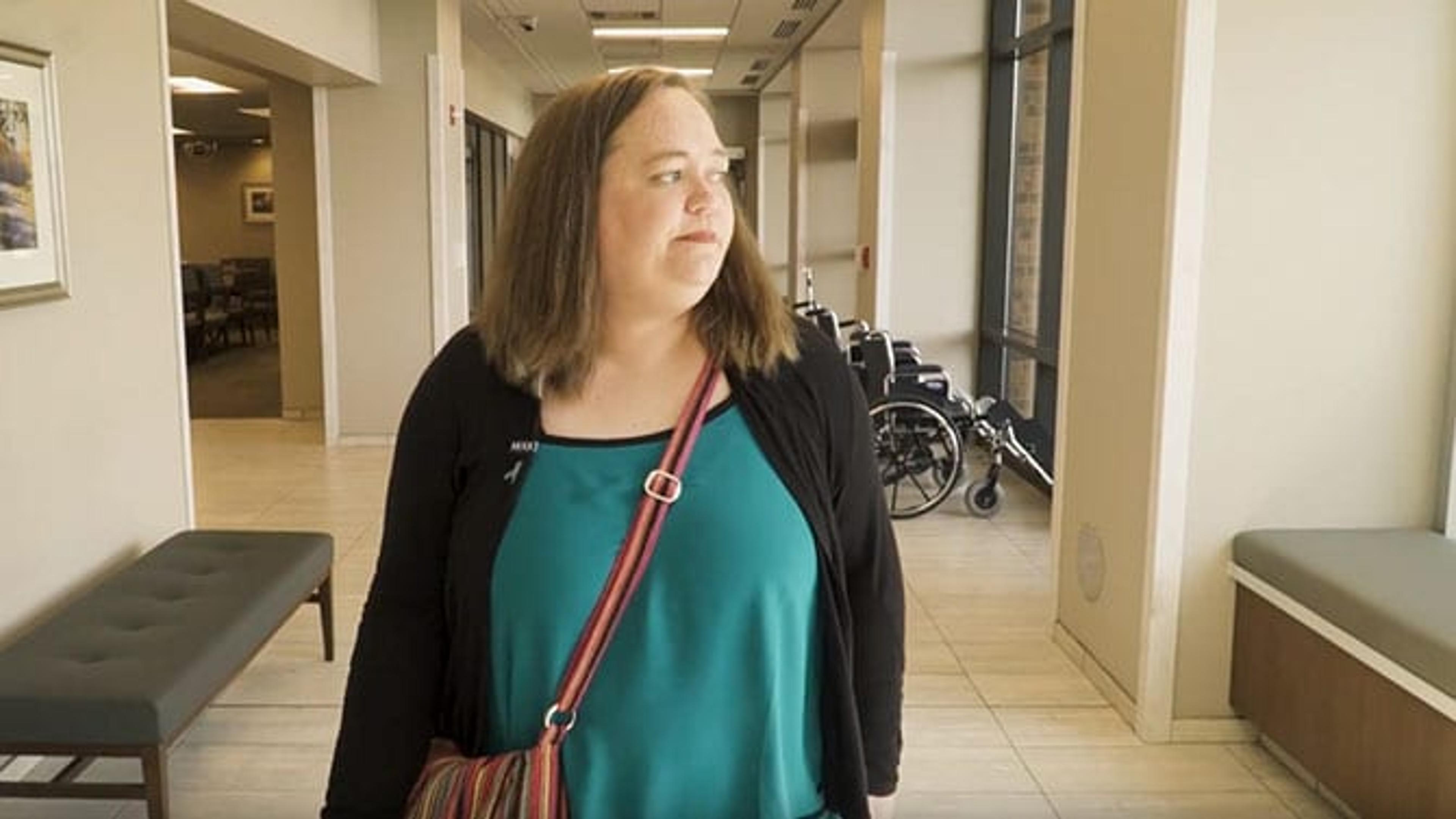5 Ways to Boost Your Health Literacy
Amy Barczy
| 3 min read
Amy Barczy is a former brand journalist who authored...

Most adults – nearly nine out of 10 – have difficulty understanding and using routine health information. Which means most of us struggle with health literacy: the ability to find, understand and use information and services to inform health-related decisions and actions.
But having limited health literacy can negatively impact your health. Unfamiliar medical or health insurance terms can pose a barrier to seeking out health care at the right time in the right place, which can lead to delayed treatment, worsening conditions and unintended costs. Taking time to understand the basics of your health care plan, as well as tools and resources available to you, can put you on the right track to becoming more health literate.
Here are five ways to boost your health care knowledge:
1. Understand the language of your health care plan.
To know what you’re paying for as a consumer, you should know the financial terms that make up your plan. What’s your premium? What happens when you hit your deductible? Here’s a helpful guide that spells it all out for you— from your premium and deductible to your copay, coinsurance and out-of-pocket maximum:
If you see the acronyms “HMO” and “PPO” and don’t know what that means, here’s an easy explainer on the difference. HMO (health maintenance organization) and PPO (preferred provider organization) are the two main types of health insurance that you can choose from.
2. Know where to go for health care services, and when.
The difference between a visit to your primary doctor, an urgent care or emergency room visit is important to know before you fall ill or injured. Your primary doctor knows your background and has your medical records. In the case of most small injuries or illness, this is the best place to go, as many primary care providers offer day-of sick appointments. If you’re unable to see your primary doctor, urgent care can be a second alternative, often offering walk-in service at extended hours. Emergency room visits should be reserved for serious or life-threatening circumstances.
3. Learn how to use a health savings account.
Health savings accounts are like personal bank accounts dedicated to your health. Learn how a health savings account (HSA) can help you manage costs and save money.
4. Learn the difference between health care professionals.
Whether it’s a primary care doctor or a mental health professional, there are many different types of health care providers. Here are some explainers to get you started:
- The Difference between MD, DO, PA, RN and More, Explained
- Find the Right Mental Health Provider for You
5. Find out how to learn more about your specific health care plan.
Blue Cross Blue Shield of Michigan and Blue Care Network members can find in-network providers, as well as benefit and coverage details, by logging in to their member account at bcbsm.com. Members can also manage their claims, view their deductibles and use their mobile ID card through the mobile app.
Photo credit: Getty Images





